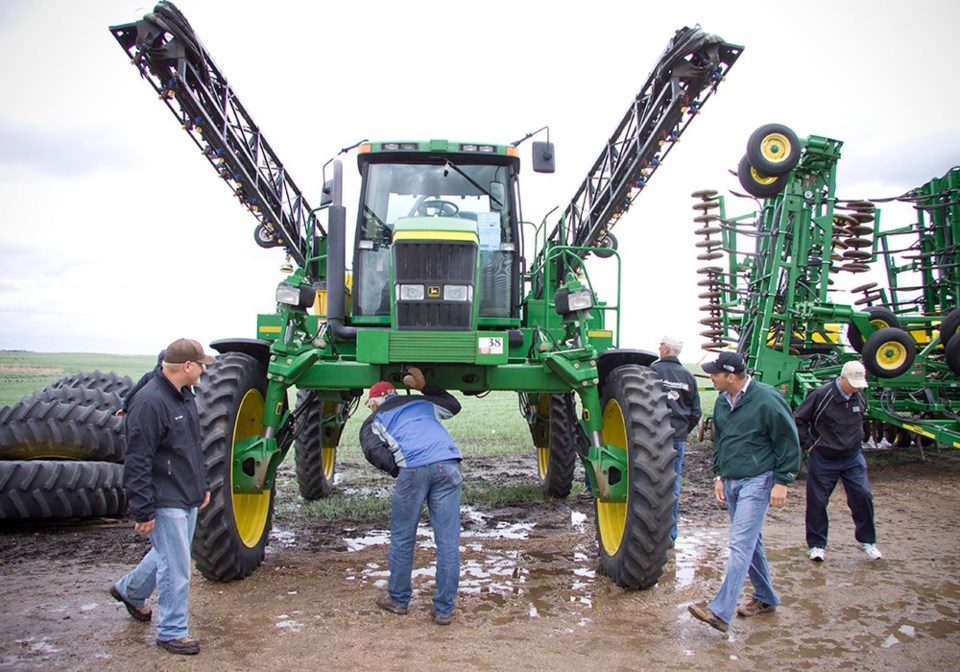Large farms face a problem as small-to-medium sized farms disappear, according to a new analysis paper from Agri-Food Economic Systems.
Large operators sell their used equipment to help finance future technology improvements but they need enough medium-sized operations to buy it.
“Wide swaths of farms are being left behind… in the wake of rapid growth in the large and very large segments,” wrote the paper’s authors Al Mussell and Douglas Hedley.
The researchers waded through farm income statistics from 1981 onwards, finding that a large proportion of income was earned by small and medium farmers in 1981 and 1991, with small proportions being earned by very small and large operators.
By 2011 and 2016, farm earnings had shifted dramatically into the hands of large and very large farmers, with little earned by medium and small farmers.
“The small farms are collectively insignificant in their share of farm economic output,” Mussell and Hedley write.
This makes sense economically if “economies of size” and “asset fixity” apply to farm development.
Economies of size describes the advantage large operations have over smaller ones in areas such as sales premiums and preferential input prices due to bulk purchases. Simply put, bigger farms often get paid better and spend less than smaller operations for the same products and inputs.
Big farms can also get better returns by using new technologies, making it easier to employ costly innovations.
Asset fixity describes how farms seldom downsize operations or systems once they have invested in them.
“This lends an element of irreversibility to investments in farm capacity,” the paper said.
Farms tend to overinvest, causing overproduction and depressing prices. That hurts everyone, but small and medium farms are hurt worst because they already have trouble squeezing out a return.
Historically, small and medium farms have been able to keep pace by buying used equipment and technology. With most income now going to just the biggest operators, medium farms have less ability to do this. If this trend continues, the biggest farms might find it harder to continually upgrade because there is nobody to buy their used stuff.
Mussell and Hedley describe this as a “critical contradiction.”
They ponder the possibility that there is a “an ‘optimal’ diverse size structure of farms, in which there are enough residual demand for assets from smaller farms to allow ongoing investment by larger operations, without having them run over smaller farms through competition for land.
“However, competition and market action may not take us there.”
Mussell and Hedley suggest public policy might need to consider whether to attempt to influence farm sizes. The goal would be to avoid having many tiny, poor farms that can’t afford technology – even used – and a small group of very large farms that can no longer count on sales of used technology as a source of income.




